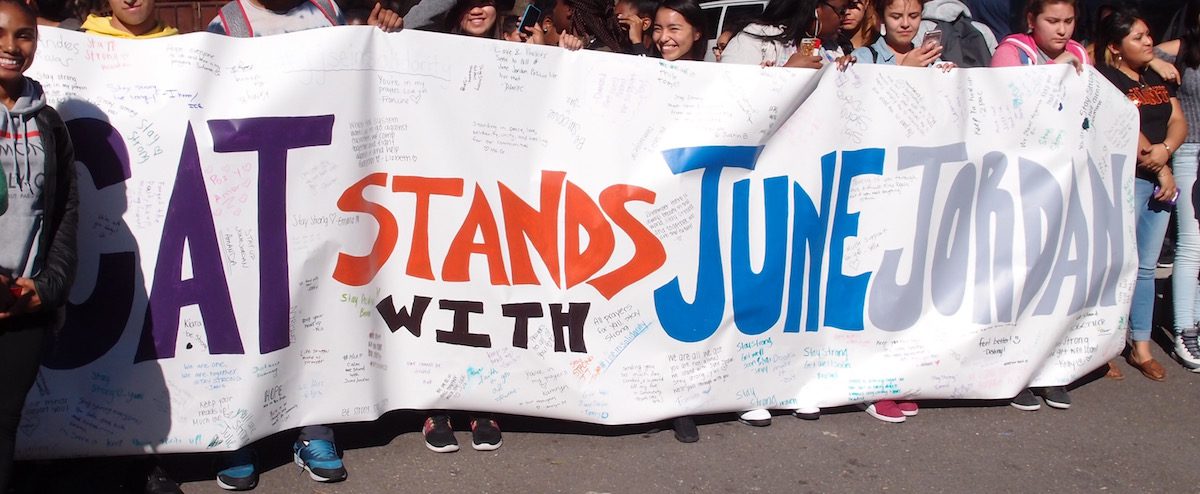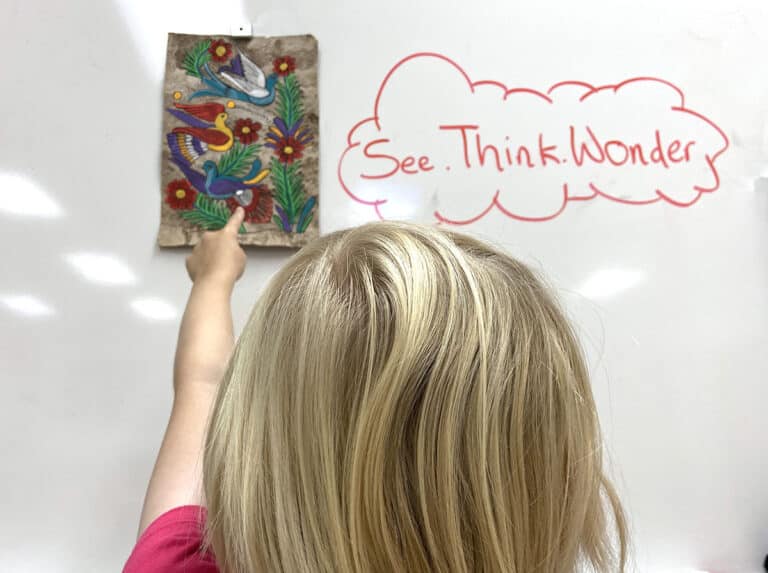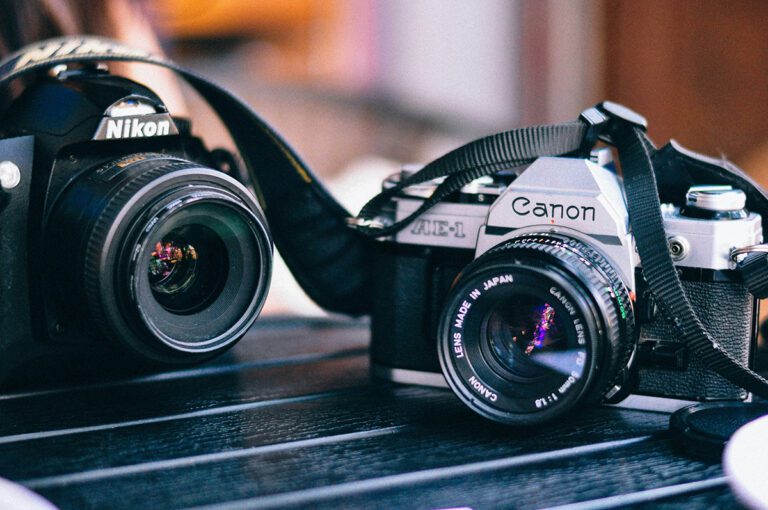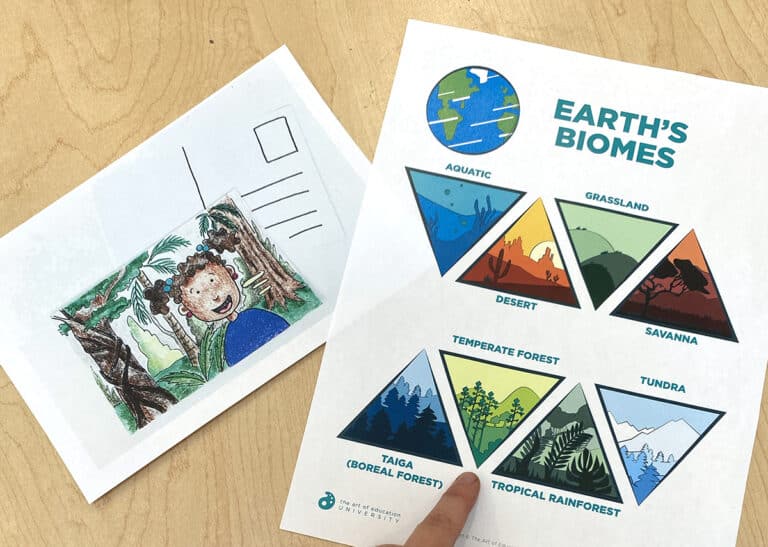Art is the academic subject that can best heal trauma. Whether students are suffering on an individual or collective level, the arts can provide students opportunities to overcome pain and difficulties in their lives. There are countless ways for educators to use the arts to address the struggles our students cope with. Whether your students are dealing with terror, trauma, or tragedy, there are ways you can support them.
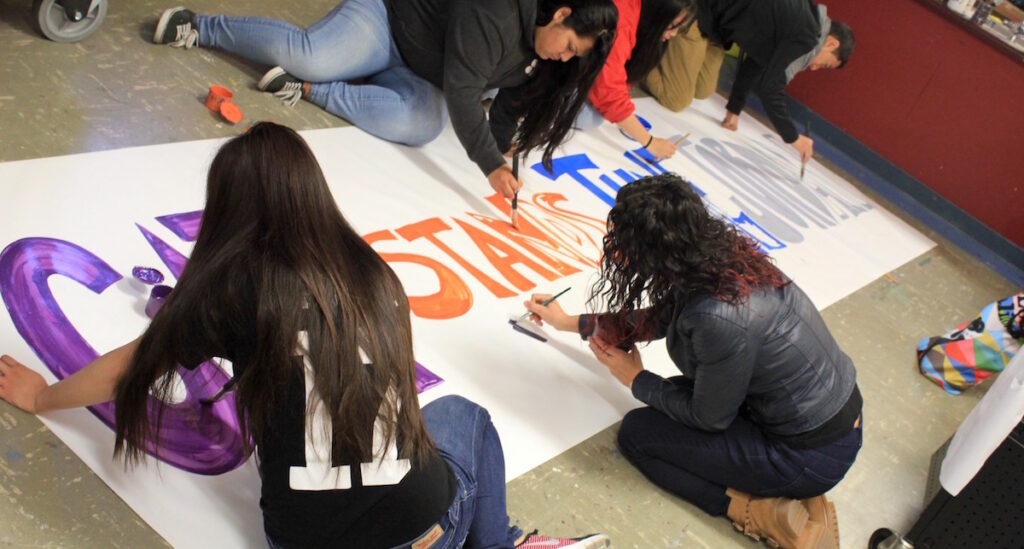
Using the Arts to Respond to a Tragedy
On October 18, 2016, four young men walked up to the entrance of June Jordan School for Equity in San Francisco, CA and opened fire. The shooters were targeting one particular student. Once students were released at the end of the day and poured outside on their way home, the shooting began. Four students were hit, and miraculously all of them survived. This horrific event took place right outside my classroom window.
My school shares the same building as June Jordan. Our students are on separate floors but come from the same surrounding communities in the city. The shooting shook up most students, staff, and parents, but I learned quite quickly how common of an occurrence violence is for many students. After the lockdown was lifted and it was deemed safe for our students to leave the building, panic and uncertainty reigned in the hallways.
Students and staff immediately looked for a way to respond.
Some students wanted to paint a giant banner, have all of our students from CAT (the name of our school) sign it, and symbolically walk the banner to the front of June Jordan as they were released from school. Art became the instant method for healing and supporting two school communities after a traumatic event.

Five students and two teachers got together before school, measured, designed, and painted a banner that read, “CAT Stands with June Jordan.” The banner was hung at lunch and our students wrote messages of encouragement on the banner using a variety of markers. We then joined up as a school and marched the banner to the front of June Jordan to support their students upon release.
What took place at that moment was beyond words.
CAT students held the banner and waited for June Jordan to be released. Once the two school populations joined together, they began to chant, hug, and reclaim the space as a safe zone. The stimulation of the healing process was in motion. Some of the June Jordan students commented, “We didn’t think that you all cared about us.” Our students assured them that we had their backs.
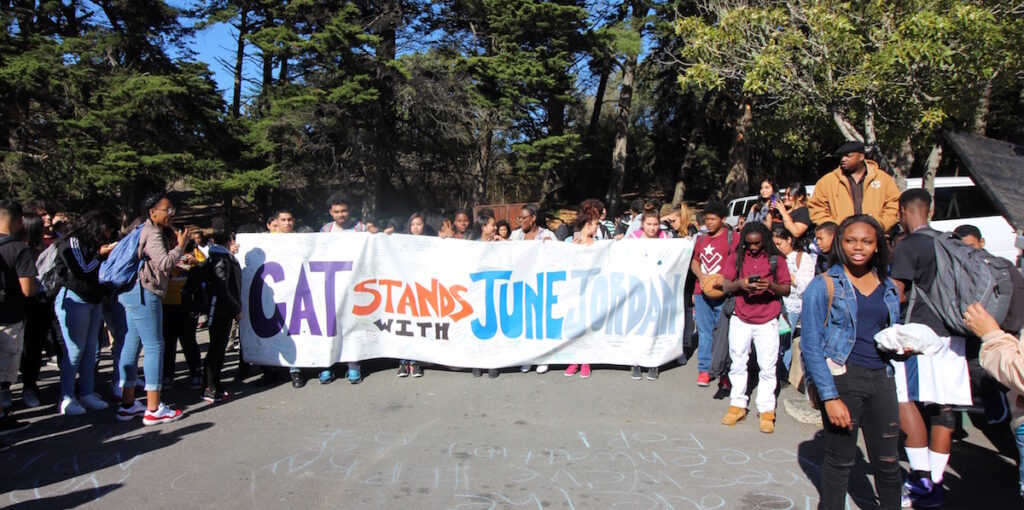
School shootings are extreme events of terror. They happen far too often in our nation, and there is no way to prepare for the trauma they cause students, staff, and families. When something traumatic happens to a school or community, the response must be led by the arts. After our students took the banner up to June Jordan, we gave it to their students. The banner is now up on their school hallway walls for their students and staff to see and interact with daily. The banner was what grounded the healing event, gave the ceremony visual meaning, and also served as something that lasted beyond the temporary moment. Art was the driving factor behind the movement and the product that continues to inspire healing.
Using the Arts to Help Individuals Heal and Overcome
According to various sources, half of all families in the United States live in poverty. It is not uncommon for schools to have over 80 percent of their student population suffering from impoverished conditions. As educators, we all know the realities of trauma that many of our students have to deal with on a daily basis. What is the role of the arts to address, empower, and heal students who live with constant trauma?
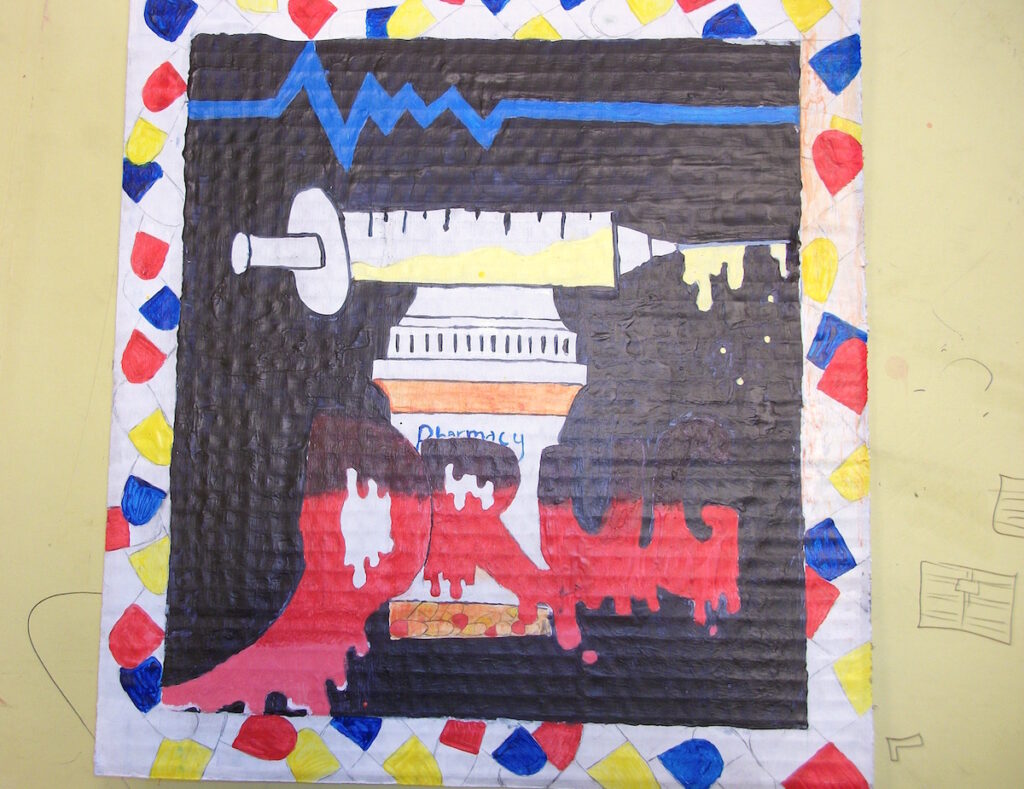
Students need to be able to use the arts as a way to express the pain in their lives.
As art educators, it is essential that we provide students an outlet to tell their stories. It is critical that our assignments are open-ended and engaging so students can focus on what is hurting them the most and address it. There are endless ways to provide these types of opportunities for our students. The keys are to allow for choice in content and to encourage the use of symbolism. Students may be hesitant to create literal depictions of their conditions. Using symbolism and metaphor gives them the tools to create a code.
Poverty is not the only cause for trauma in student lives. Violence, crime, drug abuse, rape, bullying, and family conflict can also contribute to traumatic situations.
As art educators, we can give students a chance to voice their realities.
When our assignments take the form of problems to be solved, students can focus on their own struggles to solve them. Of course, smaller scaffolding assignments are usually about building skills and even mimicking technique. However, if students feel that their art projects are a means to solve their own problems, students can feel empowered. By addressing those struggles through art, students can believe they will overcome the traumas they experience in their own world.
Our students live through horrific events whether we know it or not. When they come to school, often the trauma in their lives can hinder them from completely focusing on academic pursuits. Arts of all kinds provide students a sense of safety, introspection, and healing within the academic context. We must be mindful of the power the arts to support and heal the suffering our students endure. If education gives students opportunities to grapple with and overcome their personal struggles, we are truly serving our students.
How has art helped heal moments of trauma with your students?
What ideas do you have for helping students who live in crisis?
Magazine articles and podcasts are opinions of professional education contributors and do not necessarily represent the position of the Art of Education University (AOEU) or its academic offerings. Contributors use terms in the way they are most often talked about in the scope of their educational experiences.
